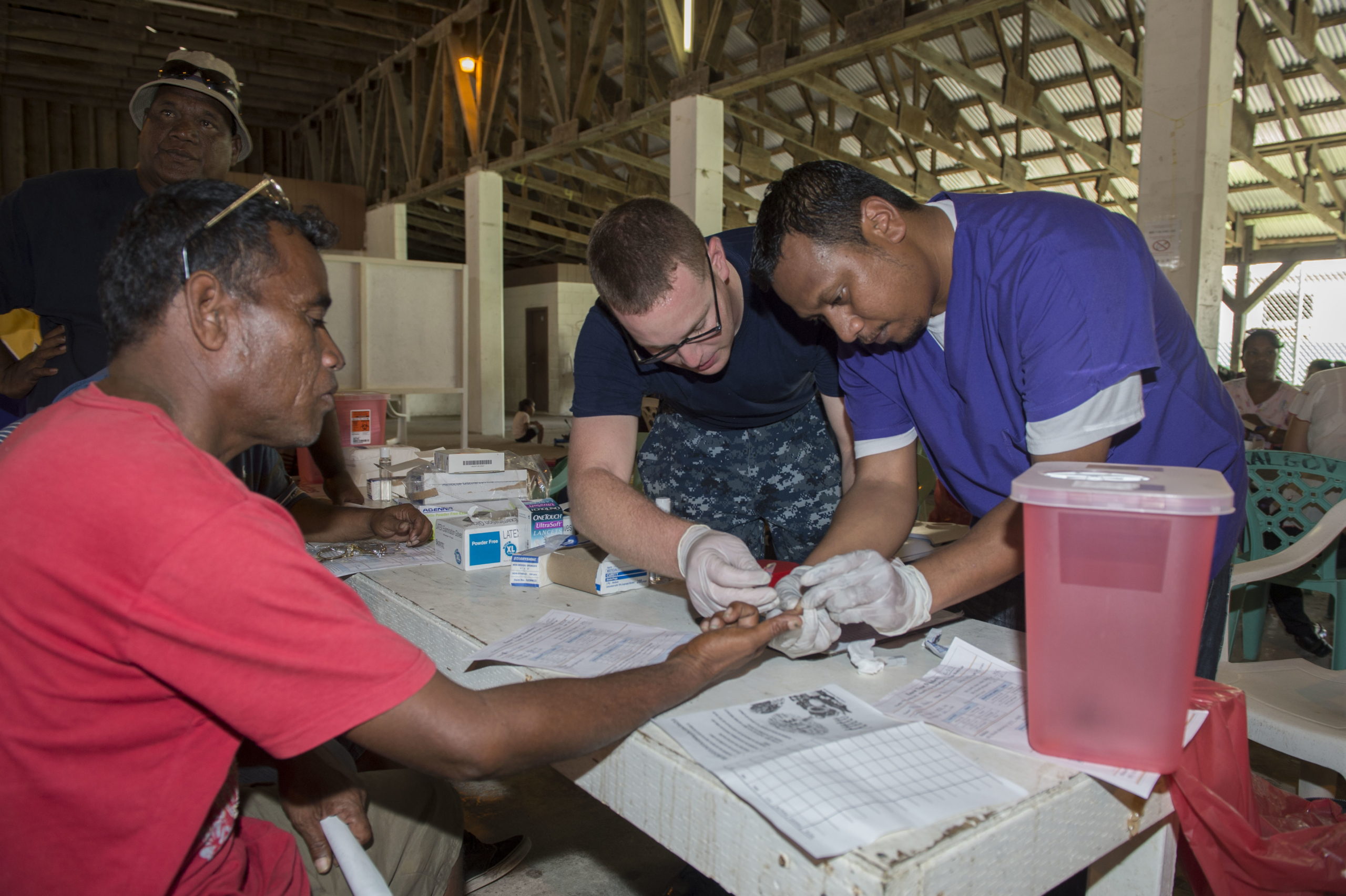Tuberculosis in the Marshall Islands: A public health emergency

Tuberculosis in the Marshall Islands is one of many health issues decimating the Central Pacific civilization. The country, which encompasses around 1,200 islands, struggles with high poverty rates and little access to sustainable health care and medicine.
General Facts about TB
Tuberculosis is one of the longest-lasting pandemics in modern history. As the deadliest infectious disease in the world, it kills approximately 4,000 people a day and most commonly affects the lungs. Colloquially termed “consumption” in the 1800s, tuberculosis, if untreated, overwhelmingly consumes an individual’s body. The World Health Organization (WHO) estimates the disease affects around one-quarter of the world’s population with latent tuberculosis, but only a small percentage of those cases become active.
Tuberculosis becomes active due to public health issues that accompany poverty, such as malnutrition, overcrowding and lack of accessible healthcare. In the Marshall Islands, 30% of the population lives under “the basic-needs income line,” and more than 75% of the population resides on its two main islands: Ebeye and Majuro. This population density places the country’s population at severe risk for tuberculosis.
Marshall Islands Risk Factors
The PBS documentary, “Unnatural Causes: Is Inequality Making us Sick?” explores the tuberculosis crisis in The Marshall Islands. The sixth episode of the series on the Marshallese explains that the rate of tuberculosis is 23 times higher than in the United States, partially due to overcrowding. Ebeye Island is more densely populated than Manhattan, with Majuro trailing close behind.
In the Marshall Islands, most people cannot afford to go to the hospital. Instead, they rely on public health outreach to hand-deliver tuberculosis medication to them on a daily basis. Although tuberculosis is highly treatable, the cost and strict daily medication regimen lasting from six months to two years also contribute to the Marshallese becoming increasingly susceptible to tuberculosis.
“What tuberculosis needs to flourish in a person’s body is a broken down immune system,” said Jim Yong Kim, MD, a doctor from Harvard University. “The stress itself of poverty can contribute to the likelihood of developing active tuberculosis.”
Multidrug-Resistant TB
Furthermore, if someone stops taking their medication when they have not finished the full course, they are at risk of developing multidrug-resistant tuberculosis. Antibiotics do not affect this strain of the disease and therefore are virtually impossible to treat.
In 2010, the Marshall Islands declared “a public health emergency” due to a sudden rise in multidrug-resistant tuberculosis. While the country made the effort to quarantine the infected, most Marshallese do not have the economic option to quarantine and stay home from work.
Treatment Rate and Projects
Yet, among these harrowing tales of tuberculosis, the global rate of the disease is decreasing at approximately 2% per year, according to the World Health Organization. In addition, the Marshall Islands, as of 2017, has an 83% treatment success rate.
While tuberculosis in the Marshall Islands presents a scary feat, some outside groups are also working in the country to combat the disease.
Notably, a group from the Migrant Clinicians Network (MCN) embarked on an ambitious 24-week project in 2018 to screen every person on Ebeye island for tuberculosis. The group managed to screen 70% of the population, making the project hugely successful considering the amount of time and manpower it takes to test an entire densely populated island.
MCN identified more than 250 cases of active tuberculosis and set all cases into a strict treatment regimen. Dr. Zuroweste, MD, one of the doctors who worked on the project, also noted the extreme need for widespread testing not only for health but for economic reasons. “Anytime you have TB incidence that’s over 1%, it’s been shown to be cost-effective to screen the population for the disease,” said Zuroweste, noting the 1.5% incidence in the Marshall Islands.
In addition, MCN noted that testing and treating the Marshallese would have “downstream effects.” Most active tuberculosis cases in Arkansas, U.S., are from Marshallese immigrants, so identifying the problem at the source can prevent its spread to other nations.
While tuberculosis poses a significant threat to the Marshall Islands, medical missions to the islands and concentrated efforts to reduce dangerous strains of the disease are already underway. Building awareness of the disease and its harmful complications can also encourage more efforts to help the public health issue worldwide.
– Grace Ganz
Photo: Flickr
